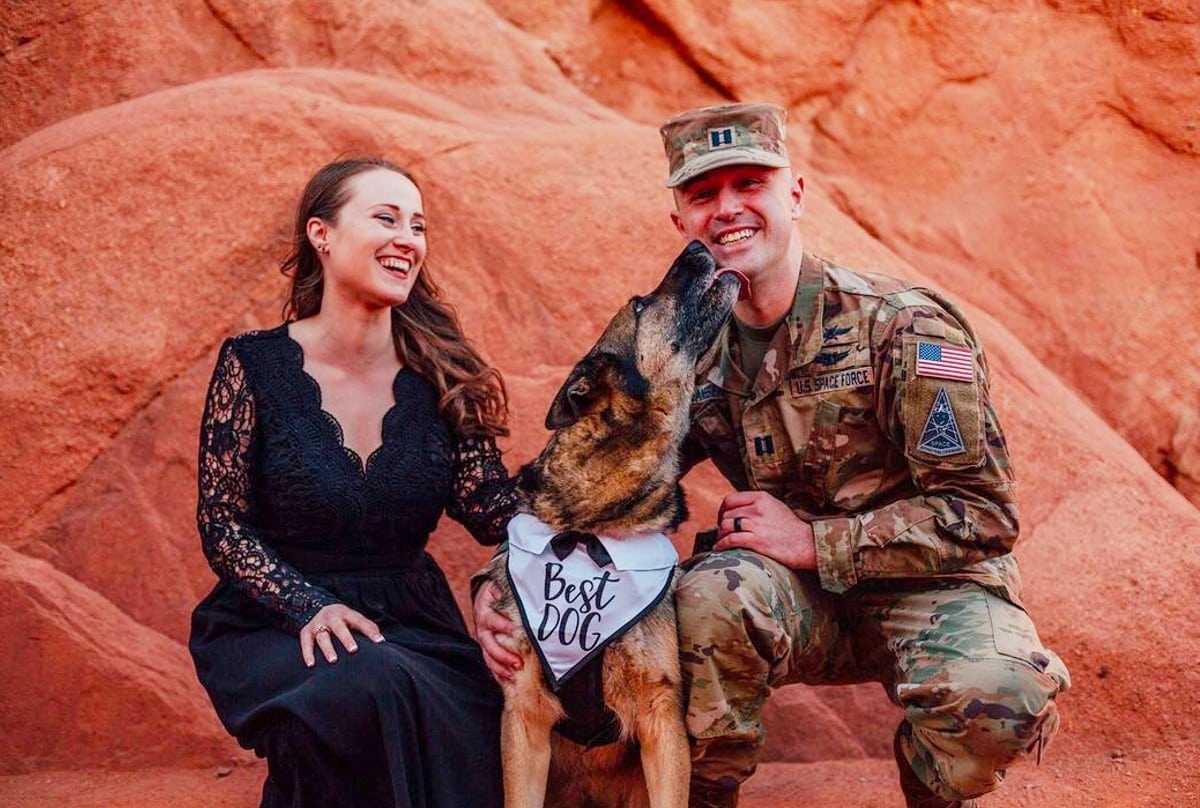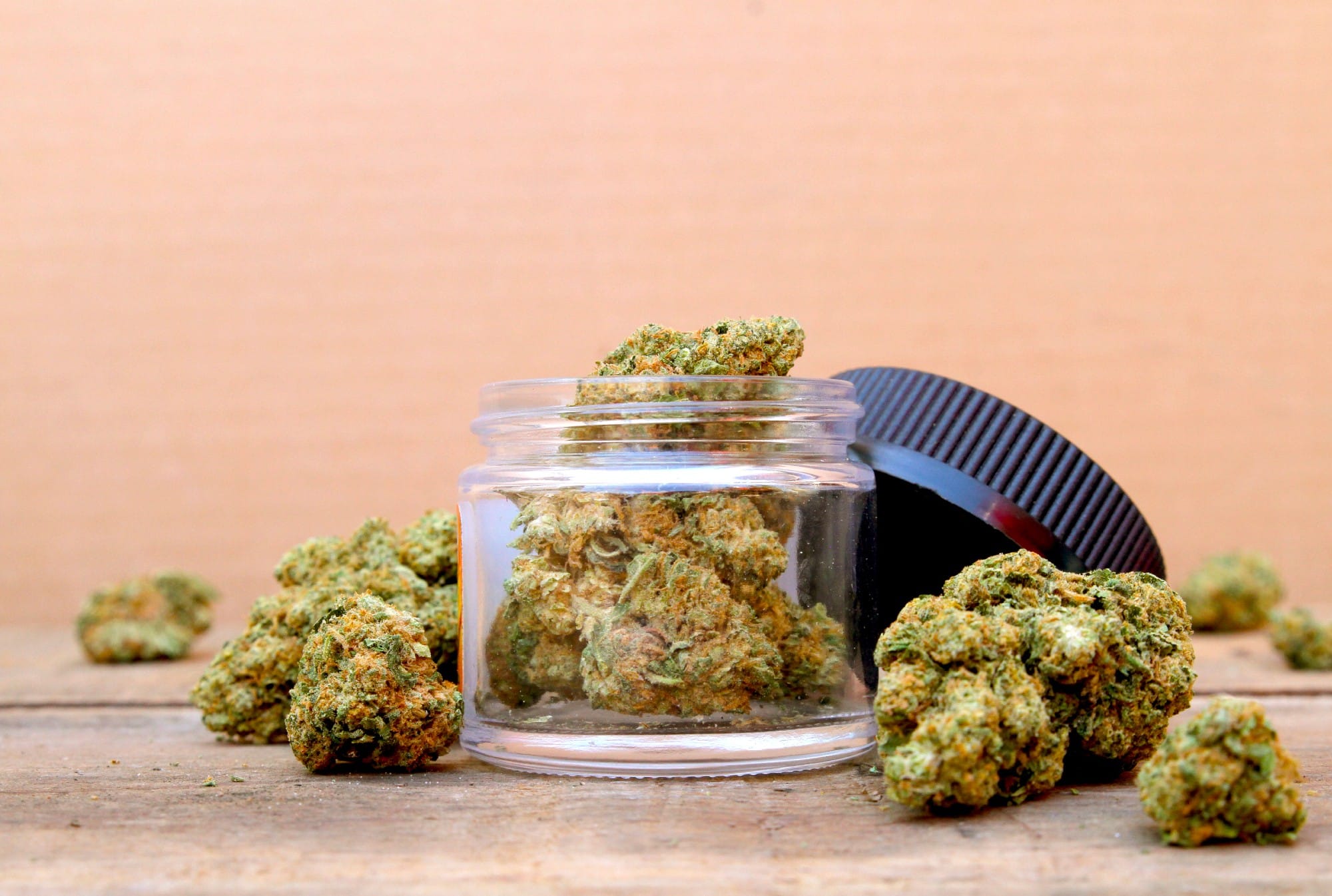On the surface, tethering, or chaining up a dog outside, may be viewed as a way to keep a dog from running off while enjoying the great outdoors. Sounds like a safe solution. A win-win for all.
So why, then, do 33 states have specific laws and regulations against tethering? Because often it is inhumane.
Chaining or tethering a dog refers to the practice of attaching the dog to a stationary anchor and leaving them alone outside, in some cases for long periods of time or just having them be an outside, tethered dog full time (mostly what we are discussing, when referring to it as inhumane). While chaining refers to the use of chains, sometimes very heavy ones, tethering a dog uses a restraint via a rope, light chain or a pulley system, which allows the dog more movement (and less neck strain) than using a thick chain.
Unfortunately, a lot of things can happen that are extremely detrimental to both the mental and physical wellbeing of the family dog (or really any dog).
Related: An Inside Look on What It Is Really Like to Be an Animal Cruelty Investigator
Why Is Tethering a Dog Harmful?
Some people believe that their dogs are happier outside, says Kayla Fratt, dog behavior consultant at Journey Dog Training. Other dogs are left outside because they haven’t been housetrained, or they’re destructive. But banishing the family dog to the front or backyard doesn’t solve these problems; it can make them worse.
“In many cases, dogs tethered outside aren’t given nearly enough attention, training and overall care,” Fratt explains. “Sometimes, it’s assumed that being outside all day is enough — but it’s not. Plus, these bored and under-stimulated dogs often start to bark endlessly, lunge at passersby, dig holes or otherwise entertain themselves in ways that we don’t like.”
Adding to that, Fratt explains that a dog whose nature is friendly and calm may become anxious, phobic, depressed and aggressive. “Tethering a dog outdoors often gives the dog ample opportunity to ‘practice’ territorial behavior,” says Fratt. “The dog spends all day surveying his turf, barking and lunging at people.”
On top of that, says Fratt, outdoor dogs can be the targets of teasing or abuse from kids, or they may be attacked by other dogs or cats, all of which exacerbates their frustration. “No one is there to help redirect the dog or soothe him when he’s upset, so he’s likely to just get worse and worse behaviorally,” she says.
Related: What to Do (and Not Do) When You See Animal Cruelty or Neglect
Dogs that are left chained outside often suffer from untreated physical ailments. They may get sick more often because they are exposed to the elements without appropriate protection, along with being at the mercy of insects and parasites. They may also suffer from dehydration if they tip over water bowls, and it is not refilled on a regular basis. Even collars that fit properly can irritate and inflame the skin from constant pressure, and dogs may become entangled in the tether or even strangled.
Can Dogs Be Tethered Safely?
The short answer is sometimes — as long as it’s supervised and part-time.
For example, says Fratt, she may tether her dog in campsites or with supervision if she’s in a house that lacks an enclosure or a fence. (But keep in mind, her dog is an inside dog.)
Some working dogs prefer to live outside, says Fratt, particularly northern or livestock guardian breeds. “Just make sure that you’re not tethering for your own convenience,” she says. “And even in those cases, it’s not okay to leave the dog chained up alone all the time.”
If you believe your working dog loves living outdoors, you should:
- Provide them with a comfortable, warm shelter
- Feed and replenish water regularly and often
- Assure that any collar is the correct size (measure around the neck with a soft tape measure, keeping the tape snug but not tight)
- Check the collar often to see if the dog has grown (one or two fingers should fit between the collar and the dog’s neck)
- Collars should be replaced if they wear out or when the dog grows
- Never use a choke chain on a dog left outside
- Spend adequate time with the dog every day
- Socialize, socialize, socialize
- Bring the dog inside in the case of extreme weather or any natural disaster
The most important thing to remember is evolution has resulted in us having an extremely strong bond with dogs; they view us as part of their pack. In most instances, a dog does not prefer being an “outdoor dog.” She prefers a warm, cozy dog bed next to you – inside.
How You Can Help a Chained or Tethered Dog
Bear in mind that numerous agencies agree that chaining a dog full-time is inhumane. That’s one of the reasons the Animal Welfare Act ruled that individuals and organizations cannot keep dogs continually chained. It is also the reason 33 states have regulations.
If you think a dog is suffering being chained and left outdoors, the first thing to do is check your local law. If you live in a state with tethering restrictions, contact your local animal care and control or law enforcement.
“If the dog seems dangerous, sick or underweight call animal control,” says Fratt. You can also ask an appropriate rescue, shelter, non-profit or humane organization to pay a visit to talk to the owner about the dog. If there are obvious signs that the dog is injured or unwell, they may have grounds to take the dog into care.
It is also an opportunity for professionals to educate owners about the issues with tethering and alternative solutions. A positive, constructive approach, if possible, may lead the owner to unchain their dog without any further action.
Related: See Something, Say Something: How to Report Animal Cruelty




















